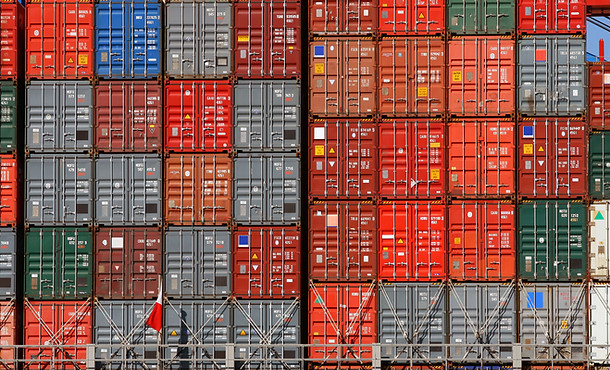
SECTORS
Enormous potential to benefit from energy productivity improvements exists across Australia's economy.
As part of the 2xEP project to double Australia's energy productivity by 2030, A2EP developed five roadmaps for key sectors of the economy. Some of the opportunities, challenges and solutions are detailed are universal; some are particular to individual industries. For each there is an overview that sets out the case for improving energy productivity, sector-specific background and historical data, opportunities for improving energy productivity, barriers and measures to overcome those barriers.
Optimisation of energy use and innovation in supply and demand would help to maximise yield and increase profitability in the agricultural sector.
Further business opportunities along the value chain could be unlocked through a proactive approach to waste management, transport logistics and demand side response.
Energy is an essential input to all manufacturing, typically accounting for 5% of variable operating costs and 20% or more in energy-intensive industries. When margins are under pressure, energy spend can have a direct bearing on the viability of a business.
Practical experience has shown energy use reductions of 25% or more are possible in many industries, with savings of up to 50% possible with smarter use of existing technology.
Optimisation of energy use and innovation in supply and demand would help to maximise yield and increase profitability in the agricultural sector.
Further business opportunities along the value chain could be unlocked through a proactive approach to waste management, transport logistics and demand side response.
Freight is a fundamental input and enabler of economic activity in all other sectors. While it currently uses only around one-third of all transport energy today, its energy demand is growing faster than other end uses, and within a few decades it will be the dominant segment in energy terms.
We have sought to identify extent of improvements possible via known technologies, factoring in the impacts of disruption expected to hit the sector.
Passenger transport supports and underpins Australia’s economic prosperity by connecting people, businesses and cities.
A more energy productive domestic passenger transport system would provide greater access to high-quality mobility services at lower cost while utilising resources more efficiently and reducing negative environmental impacts.
Energy productivity in the Australian mining sector has been adversely impacted in recent years by factors such as depressed prices, particularly for bulk commodities; increased energy cost per unit of production; and increased energy intensity of production for base and precious metals.
Initiatives to improve energy productivity in the Australian mining sector could enhance economic productivity and lock in long-term competitive advantage.






